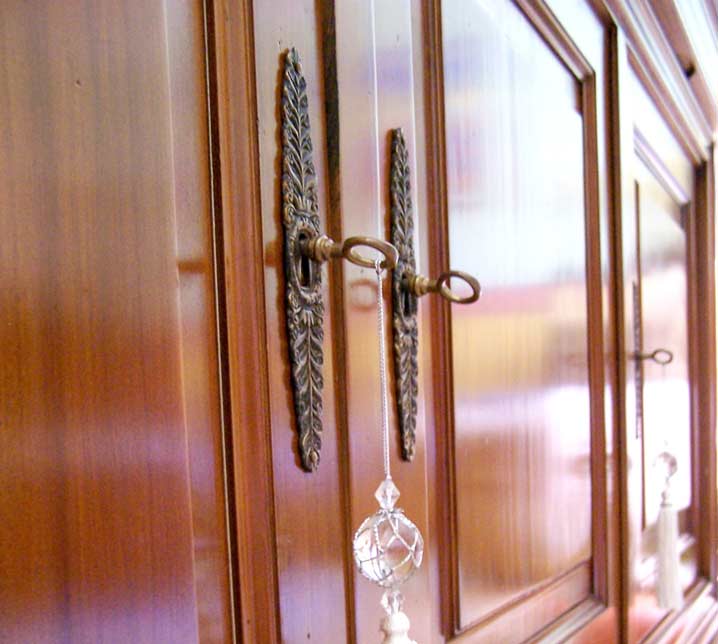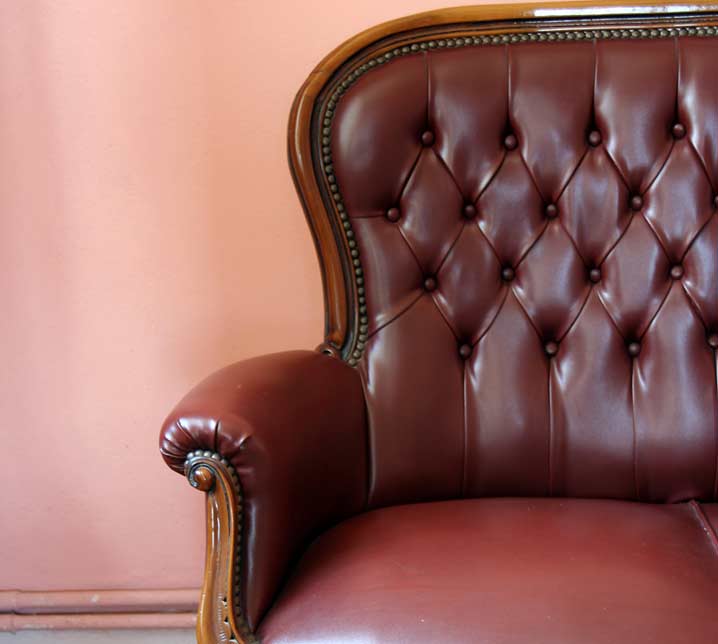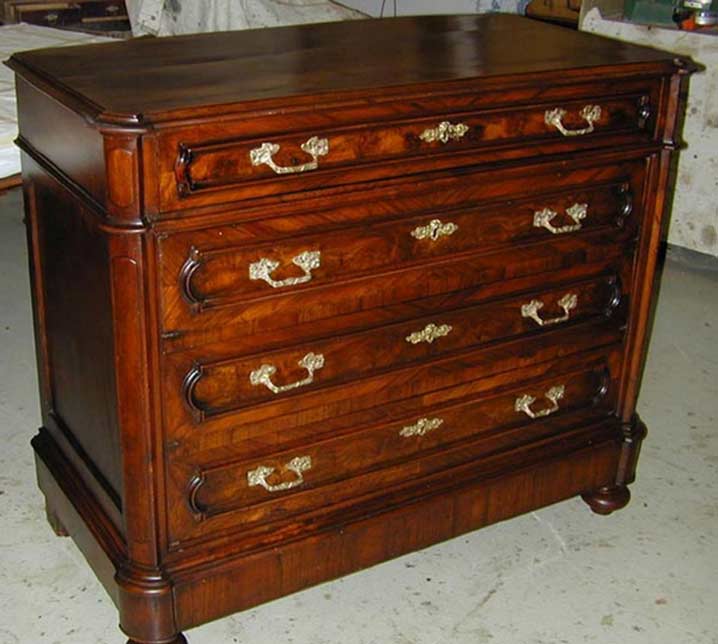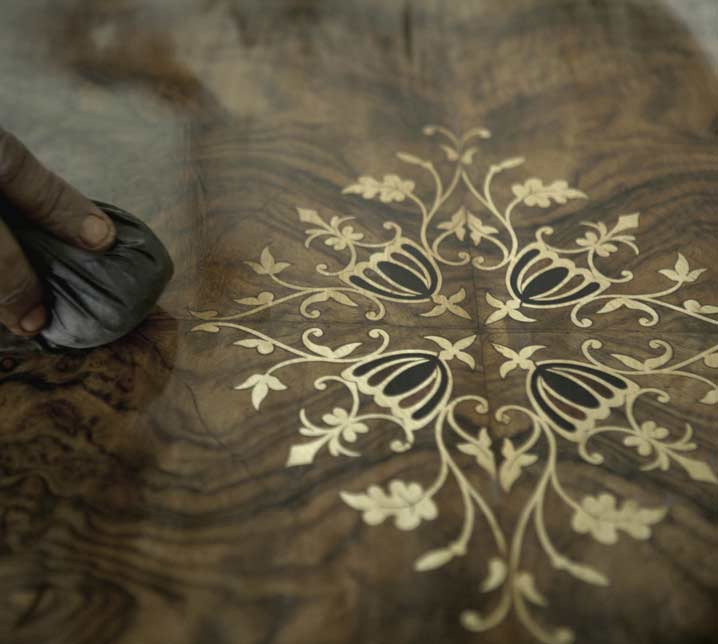
Antique Furniture Waxing
An integral part in maintaining a good surface is regular burnishing with a quality beeswax. Whether the surface of the piece may be old or has been recently re polished, wax creates a seal for all that lies beneath it and prevents dirt and moisture from penetrating the grain. This is confirmed in the words of Charles Hayward:
"Wax at all times has been the chief means of keeping furniture in condition, and its continued use over the years is largely responsible for the fine patina characteristic of old pieces, even though the original finish may have been varnish. The latter had one great advantage however ; it formed a film over the wood which kept out dirt. When first applied it tends to have a somewhat glittery appearance but this becomes softened by repeated burnishing with wax."

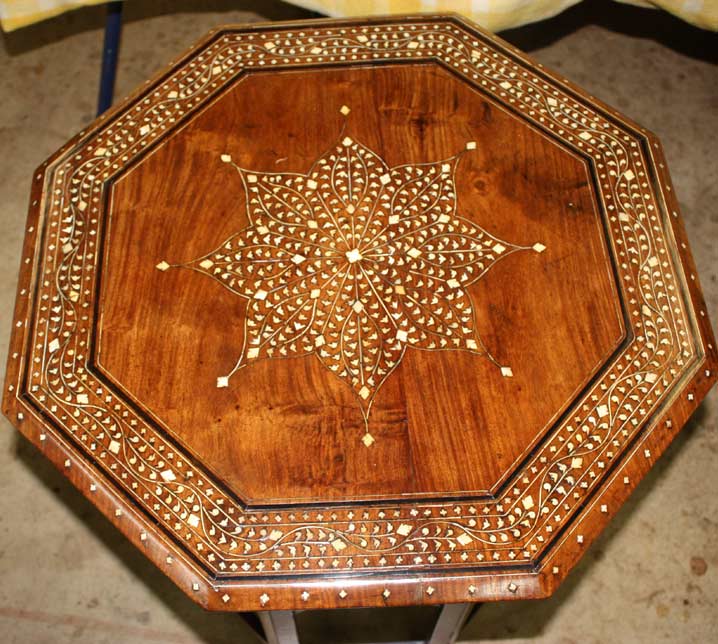
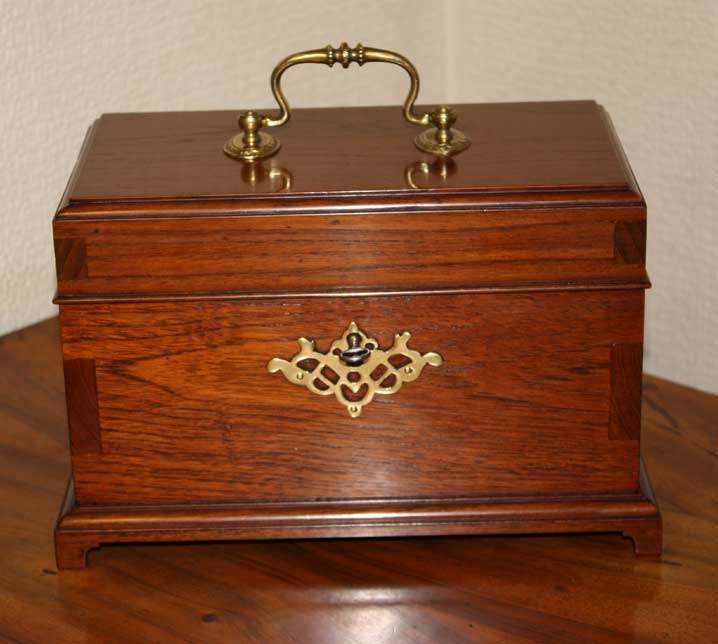
It is also useful to know that while constant dry air (eg. the result of central heating) can cause structural damage to joinery, it can also cause deterioration of animal glues, which results in veneers and inlays losing their grip and then lifting. Regular waxing and sealing of veneered surfaces in particular can prevent this from happening by retaining the timber's natural moisture content. All veneered surfaces need checking for any sign of unevenness or lifting and should be fixed down at the earliest opportunity.
Another factor sometimes lost sight of is the effect of direct sunlight or UV light when in contact with polished surfaces. All timbers fade naturally through the effect of UV light but the process speeds up considerably when furniture is constantly exposed to it. No surface finish can withstand the sun's rays and both shellac and wax will deteriorate and eventually dry out and crack from overexposure.
All timbers fade naturally through the effect of UV light but the process speeds up considerably when furniture is constantly exposed to it. No surface finish can withstand the sun's rays and both shellac and wax will deteriorate and eventually dry out and crack from overexposure.
